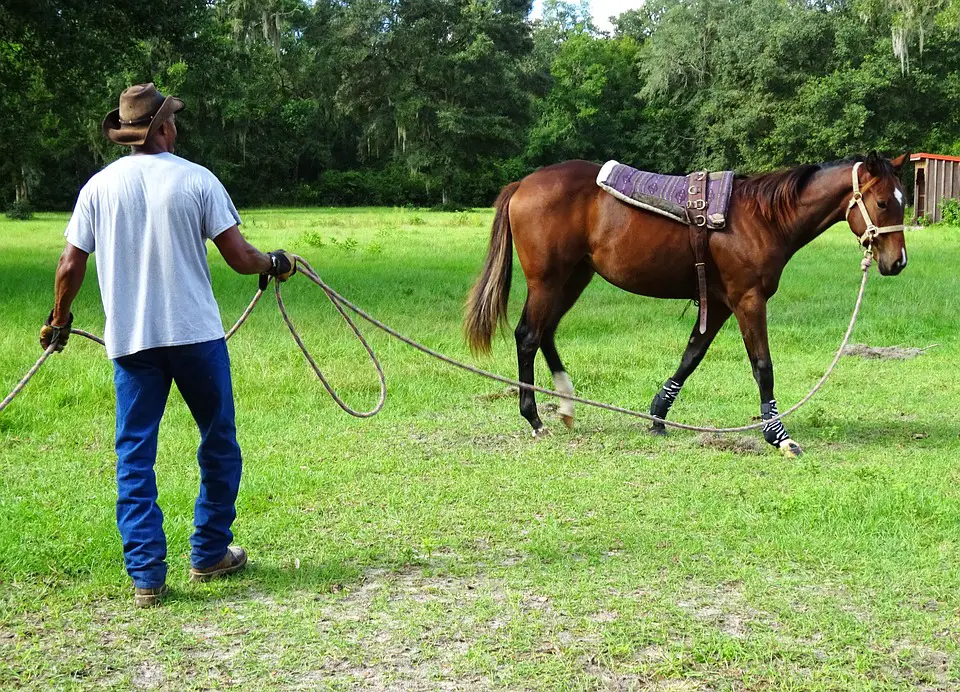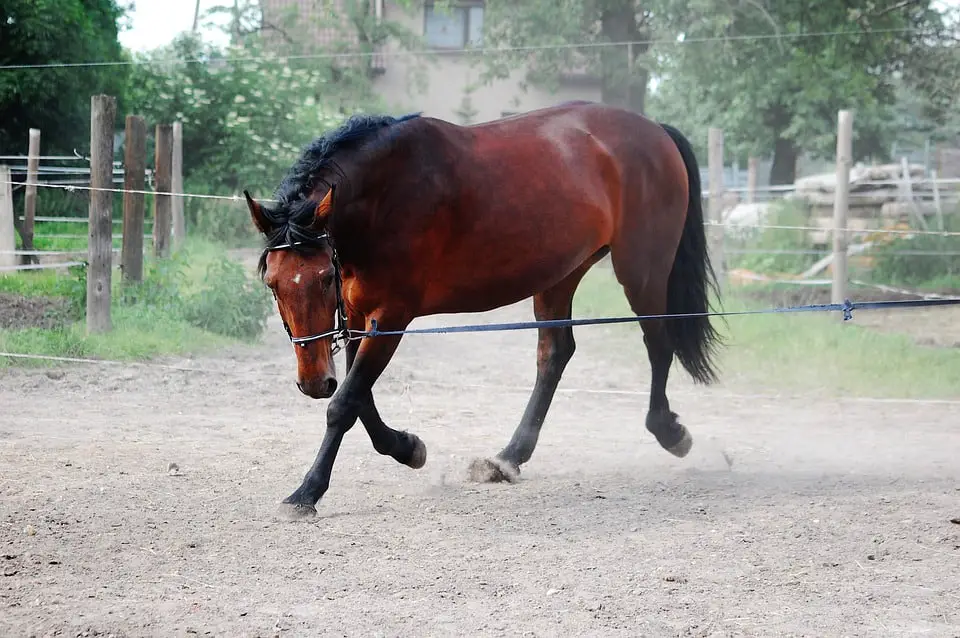People who own a horse know that it’s more than just a pet. A horse is a companion. They make you feel special when you spend time together.
But if you want your horse to communicate with you effectively, then you need to train them properly. Training helps you build a relationship with your horse. And groundwork exercises for horses are how you can start your training journey.
Groundwork exercises for horses are a crucial part of training.
These exercises develop a relationship of trust and partnership between you and your horse. These exercises are suitable for both older stiff senior horses as well as young horses – any can do it!
Let’s learn these exercises!
Groundwork exercises play a significant role in horse training. These exercises prepare your horse to learn to respond to your commands. In fact, they are essential for progressing to safe riding.

If you own a horse and are in the early stages of training, these will be great for you to use. You can also use them with trained horses to help you to bond.
The most beneficial and common groundwork exercises, which I’ll explain below, are:
- Circular movement
- Backup
- Leading
- Head lowering
- Forward down
Circular movement
This activity is a great groundwork exercise to start with. Circular movements begin with asking your horse to stroll around you in a circle. You’ll want to have them on about an eight foot strap, allowing for a wide (but not too wide!) circle.
The key thing you’re trying to develop is your non-verbal communication. You want to be able to get your horse to drive forward, or unwind and back off, without using your voice. As you’re doing this, you two will focus on each others’ signals, and get more comfortable together.

The objective of this activity is to let your horse move around you consistently without you creating any physical pressure. In short, it’s all about making them move with your body language.
This activity truly concentrates on utilizing your non-verbal communication to send your horse away from you and after that motivating them to come back towards you.
Backup
Learning backups is a great way to communicate with your horse and train her. The better you train a horse by backing her up, the more conscious and responsive she will be in everything that you want her to do because backups create a level of trust between you and your horse. Plus, it’s just useful – I get my horse to back up all the time, and having them respond quickly is great!
This exercise starts by halting your horse and then facing her and stepping towards her. In response to this pressure, you will notice that your horse will back up. As you continue, you may gradually decrease the pressure that you are applying. Over time, your horse will come to just understand your body language, and move backward accordingly.
Leading
When you want to train your horse to follow you, it’s time to practice leading. This exercise will teach you to master your horse and correspondingly the horse will view you as a leader. To start this exercise, walk in front of the horse in straight, left and right directions while keeping an eye on them.

Due to the level of respect and trust you already have developed with them, they will follow you – even if you are pretending to be unaware of their actions. Attempting and re-attempting this approach will build their confidence and teach them to look upon you as their leader. It will become easier to command your horse and they will follow you unconditionally.
Head lowering
A critical part of horse riding is taking care of your horse’s health. This technique addresses one of ways you can relax your horse. It starts by commanding your horse to lower down their head by using different gestures. This will help them to relax.
I find the most effective approach is to push the halter of your horse gently in a downward motion. When they start obeying you, try to decrease the pressure in further attempts. That way they can learn to lower their head without halter’s pressure. Over time, a simple gesture should be enough to get your horse to lower their heard.
Forward down
If you want your horse to feel your presence and respond you then this technique is a must.
It begins with holding the halter of your horse in hand and moving your body back toward their hind end. Then you want to take a few steps towards your horse. Meanwhile, you may need to apply some pressure by lightly touching your horse with the rope by raising your hand.
With multiple attempts, your horse will readily turn on the forehand in response to your gestures.
Conclusion
If you want to build a relationship of trust and love between you and your horse, groundwork exercises are an incredibly useful way to do it. They will help you to train your horse to follow your instructions.
These groundwork exercises are beneficial for older and younger horses. Always keep in mind that groundwork takes time, especially when you are teaching your horse new exercises. It can be a tiring job, but it sure pays off.
Want more exercises you can try? I have three exercises that help with bonding that you can try!
Please comment below if you have any questions or comments!
Happy riding 🙂

